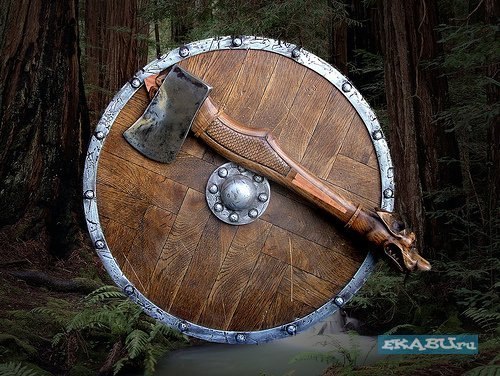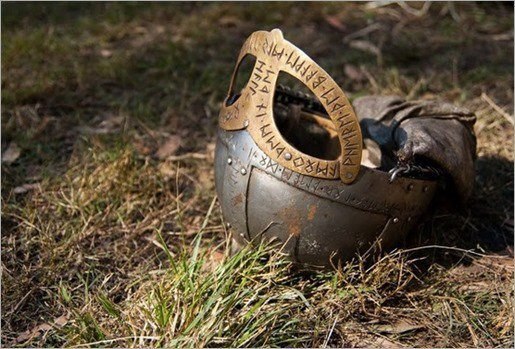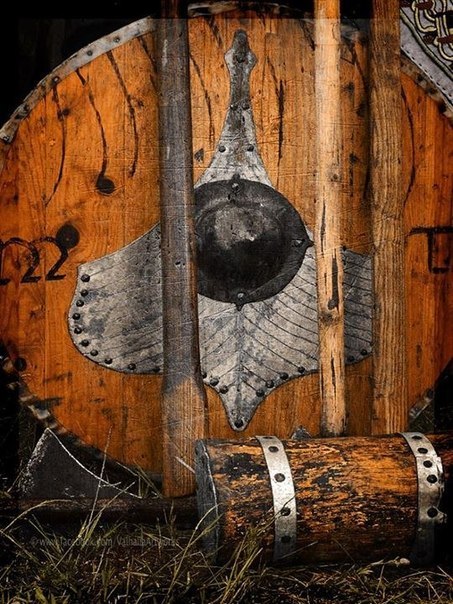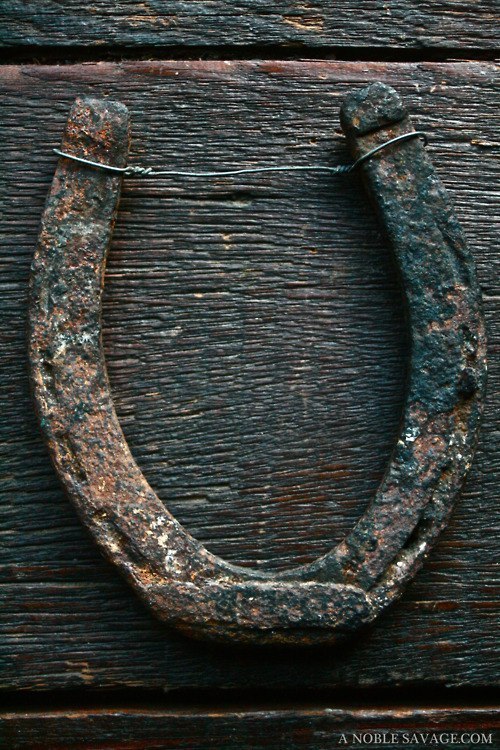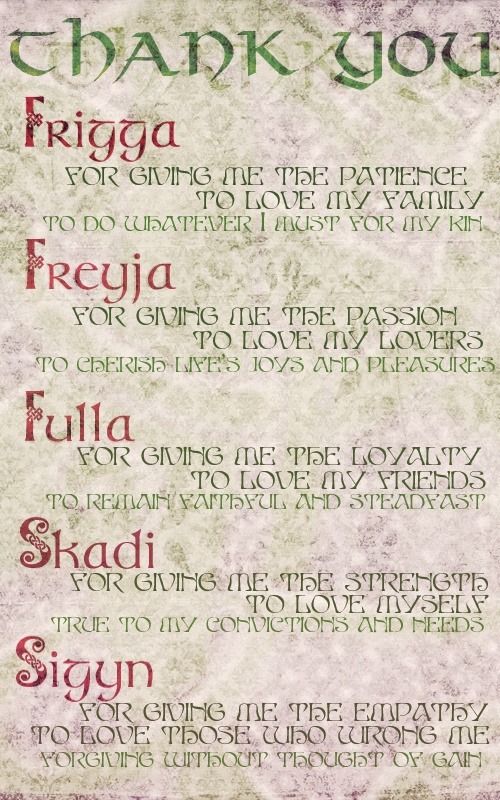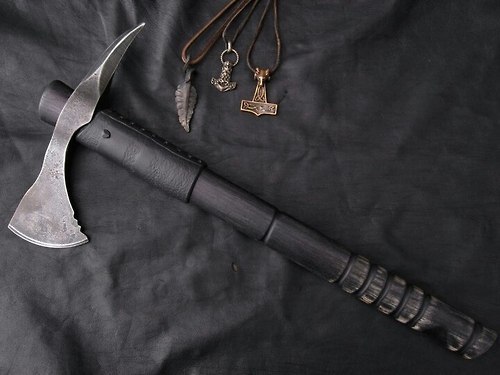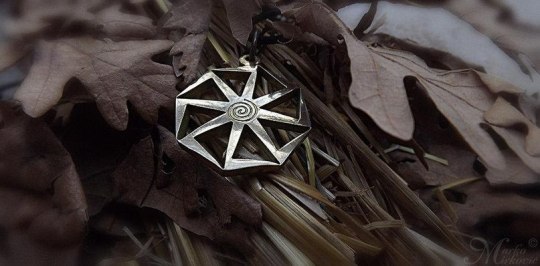Note
Hi, I wanted to confirm if it is okay to get rune jera as a tattoo.
Hi there,
Thanks for messaging us! Hopefully this hasn’t sat here for too long - we the admins are busy bees lately.
As with ANY rune tattoo, consider thoroughly the implications before you mark it on your body permanently. I personally would tell anyone who does not work with the runes regularly / is not a rune reader that I find it disrespectful to slap these things on like accessories. I would not get the scripture or symbols of a religion that did not belong to me tattooed on my body, so unless you are very serious about the runes (and Odin if I’m being honest, as he is not a Nice Dude all the time), I would not get a runic tattoo.
That being said, Jera is probably seen as one of the “safe” runes, but I would disagree. It is the ultimate symbol of reaping what you sow and if you sow the wrong stuff, you’re going to reap it big time. Jera reflects the passage of time, of cycles, new beginnings, harvest. It can create gentle and gradual changes or it can speed up processes.
I can’t tell you 100% whether or not it’s “okay” to do this. I would just think twice, and then three or four more times, before getting ANY rune tattooed on your body. Think about what it means to you, how it relates to your life, how it relates to your practice. And if you don’t use the runes in your practice, I would say you probably shouldn’t tattoo them on you.
Yours,
Renee (the-nothingship)
3 notes
·
View notes
Note
Hi, I read an ask you answered a while ago, about the most important Norse gods and goddesses. And you mentioned Freyja was also the goddess of death and I was wondering how her job was different from Hel who was also the goddess of death? (I know Freyja was somehow associated with war?) I'm just really interested because my name is derived from her name and that was the first I heard about her also being a Goddess of death.
yeah man the thing with norse mythology is that most gods share traits with each other and that makes it confusing as fuck.
BUT freyja was the god, forget odin rn, that got first choice of the slain in battle and she kept her half of the slain in her own hall, sessrumnir, in folkvangr so that makes her a god of death, in a sense much like odi, but his souls go to valhalla. no one really knows what freyja does with her half of the slain, or why she chooses them but we do know she gets first pick.
hel, on the other hand, is the goddess of the dead and the underworld. some people say she’s the personification of hel itself. she presides over the souls that were NOT KILLED IN BATTLE and it was her job to determine the fate of the souls that entered her realm.
so the main difference between the two goddesses was that freyja only had power over the souls that were slain in battle, this goes for odin as well, and hel dealt with all the other souls.
48 notes
·
View notes
Photo

Children of Yggdrasil turned 3 today!
2 notes
·
View notes
Photo

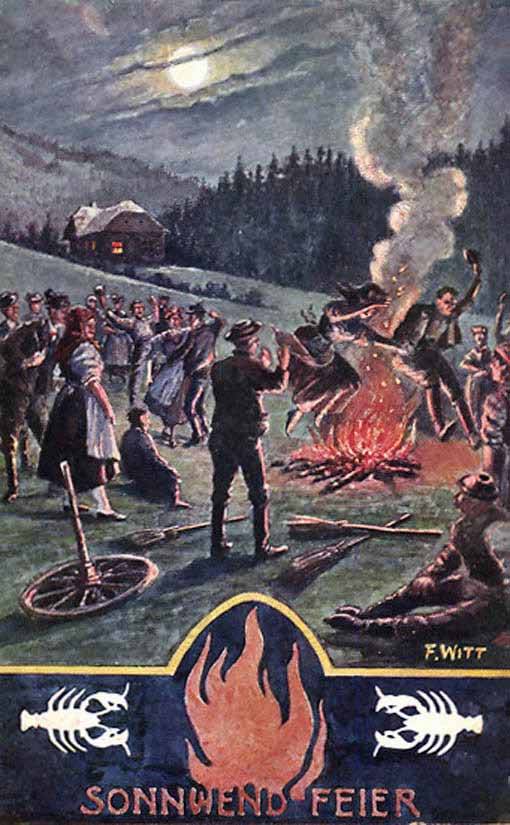
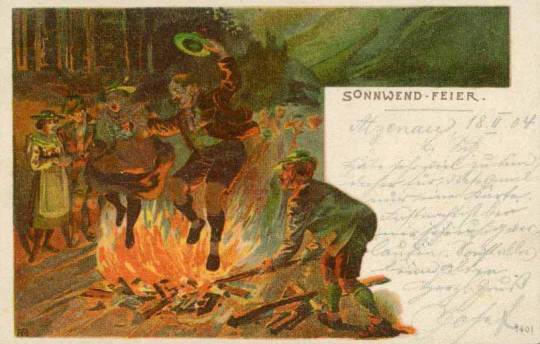

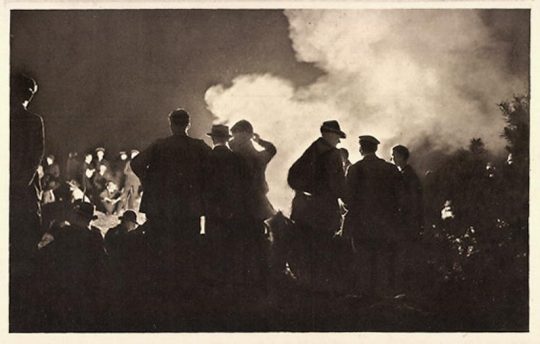
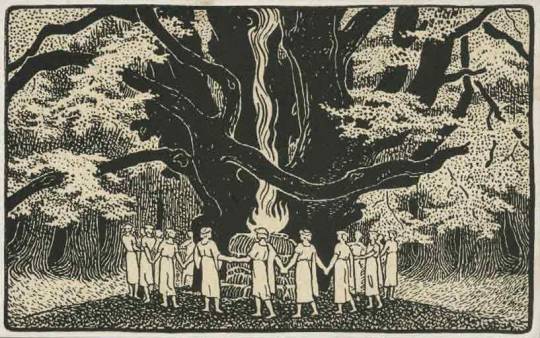
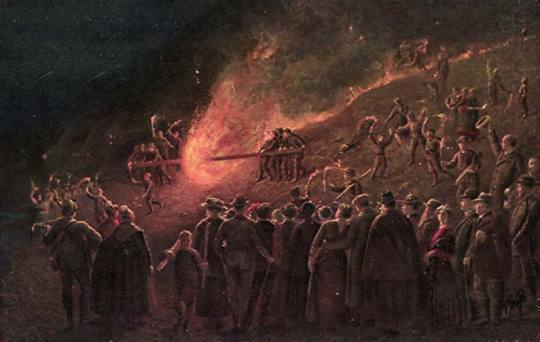


Sommersonnewend cards and illustrations
173 notes
·
View notes
Photo
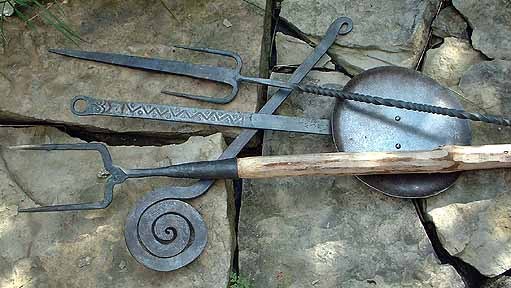

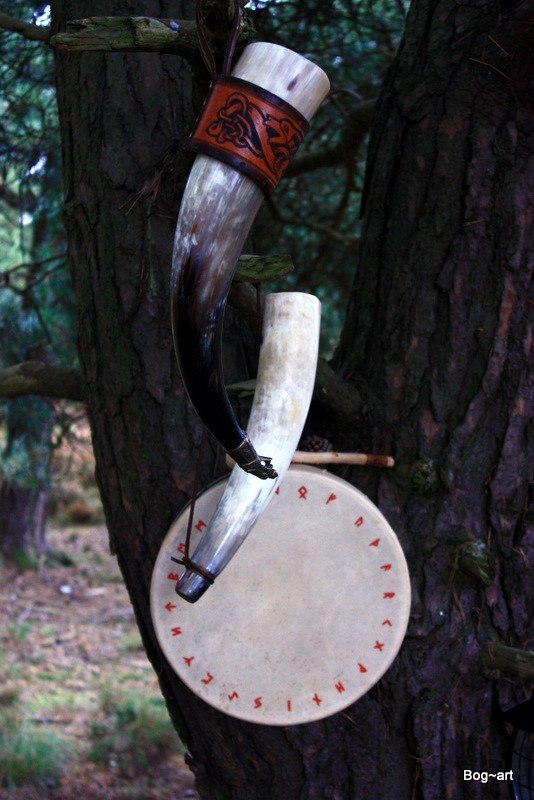
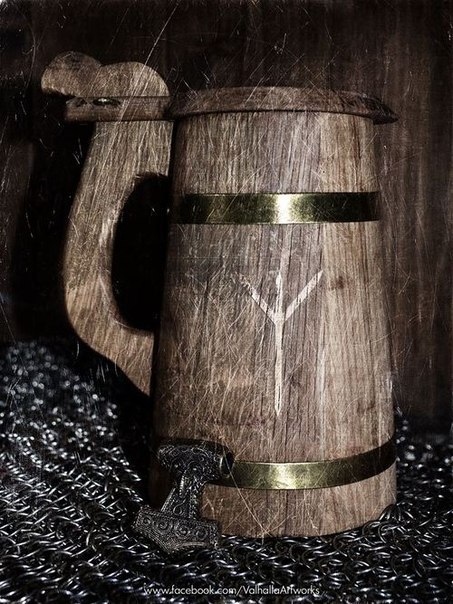



Let us feast and make merry - Viking style! A selection of images to make the mouth water. Raise a horn to the gods and come to sit by the hearth fire.
4K notes
·
View notes
Text
Guys. Historical Heathens did, in fact, kneel and full on prostrate themselves before their Gods. There’s surviving textual evidence. And at least one roman statue showing one of the Suebi kneeling with his hands raised to petition.
I get that some people are hung up on “I’m bitter about Christians and WEAK CHRISTIANS KNEEL so we TOTALLY do the opposite” and “It’s UNMANLY to kneel grrrrr I am manly and don’t bend to nobody and nothing”
But seriously. They did kneel and prostrate before the Gods. (We’ve even got a story where someone takes advantage of this, waits until his enemy is face down in front of his statue of Thor, and then sneaks into the hof and murders him.) It’s really obnoxious to constantly see those memes chest-thumping about WE DON’T KNEEL OUR GODS WANT US TO STAND YOUR GOD GOT NAILED MINE HAS A HAMMER blah blah etc.
Also, despite Tacitus’ assertion that Heathens didn’t use idols/statuary (and Tacitus has some problems, which mean he cannot be taken at face value and as 100% authoritative)… we have textual and archaeological evidence that they did have idols/statuary. Sometimes pocket versions that could be carried with someone. Yes, there were also sacred groves and outdoor worship places, but there were also indoor worship places, and these became more and more common as time progressed. I’d also like the “real Heathens don’t need or use statues or images of their Deities, real Heathens just go outdoors and don’t worship indoors!” meme to stop propagating, thanks. It’s not a problem if you don’t use images or statues, and if you want to only do worship outside in nature, but nobody should be representing this as The Only and Historically Accurate Authentic Way to go about things.
178 notes
·
View notes
Text
Runic Pathologies and Remedies
Thor & Audrey Sheil, Advanced Old Norse Runecraft
[I’ve substituted the more familiar names of the Elder Futhark for the somewhat idiosyncratic rune-names used by the Sheils in their writings to avoid any potential confusion.]
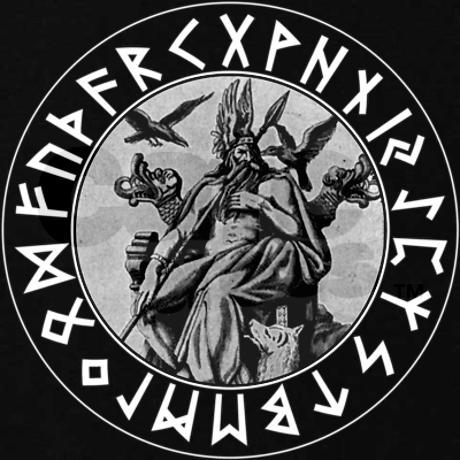
Access, control, and direction of magical forces is performed in various ways. In rune magic, the appropriate runes are used to evoke their energies. Other runes or techniques are used to control them, “forming” the active energies as needed for the desired result. The energy is then sent to the area of need and set into motion.
Picking runes from a chart or rote memory is not very effective. The runes have to be internalized and experienced! They must be selected based on genuine understanding. Obviously, the type of magic outlined here is not for the “quick fix” or “getting things the easy way”. The “easy way” is the lazy way, and it does not work. Magic is a science and art which demands thought, effort, and skill. Things are not conveniently arranged for you to whip up a spell at your leisure. Magic requires more than consulting a catalog of recipes.
An ailment may stem from any of several causes or combinations thereof. The magician tries to counter problems by going directly to the cause. The magician must determine which runic forces are attributable to the disease, and thence which runes would best remedy the situation. You must work to determine the actual cause on a case-by-case basis, and then select the appropriate response. For example; A depression caused by Nauthiz will require the Jera or Berkana runes, and one attributable to Eiwaz would benefit from Ansuz or Sowilo.
The magician must also decide the exact type of response which will control a situation. Will he use a spoken charm, talisman, candle spell, etc.? Is the situation better handled by non-magical means? Should a combination of magical and mundane actions be used? I usually counsel that a person avail himself of everything possible.Never discount the value of mundane agencies and remedies. Spellcraft should be supported and used in support of material methods when feasible.
The following list shows some of the problems attributable to particular Runes.
Read More
18 notes
·
View notes
Photo

Sealed with a kiss
This discovery about a secret Viking message is special - and will put a big smile on your face. For years researchers have tried to crack a Viking rune alphabet known as Jötunvillur. It is found in some 80 inscriptions, including the one above, which dates from the 11th or 12th century. Recently the news broke that a runologist in Norway was successful. It turns out that you had to replace the rune character with the last letter of the sound it produced. So the rune for “f”, which was pronounced like “fe”, represented an “e”. And so researchers were able to decode the 900-year-old message on the piece of wood above, which turned out to be - wait for it… - “Kiss me”! It gets better, however. It turns out that coding and decoding such messages was a playful game, a leisure activity. This is clear from the fact that some of the inscriptions invite the reader to solve the code, stating for example “Interpret these runes.” This, of course, makes the discovery of the “Kiss me” message even more sensational. The kiss was no doubt the reward for the successful individual who cracked this particular message. Two Viking lovers entertaining themselves with a playful coding game - that came with a delightful climax. Awesome.
More information: this Norwegian article originally reported the story, which is also the source of the image (made by Jonas Nordby, the researcher who cracked the code). I picked up the story from the invaluable Medievalists blog (here).
28K notes
·
View notes
Photo
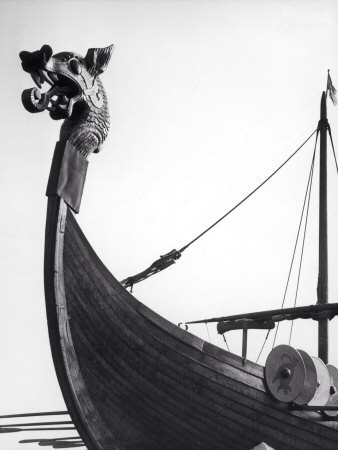
RAUD THE STRONG
Raud the Strong was a Norse Seiðr priest and seafaring warrior, who resisted the attempts at conversion to Christianity forced on him by Olaf Tryggvason (King of Norway from 995 to 1000 CE).
After losing a sea battle, Raud fled under cover of darkness. He was later found by Olaf and the king told Raud that if he accepted Christian baptism, he could keep his lands and ship and the king would be his friend.
But Raud refused, saying he would never believe in Christ, and mocked Olaf’s religion and deity. Olaf became incensed and said Raud should die a horrible death. He forced a live snake down Rauds throat, killing him.
We celebrate his life every 9th January.
“Far North in the Salted Fjord,
By rapine, fire, and sword,
Lives the Viking, Raud the Strong;
All the Godoe Isles belong
To him and his heathen horde .
A warlock, a wizard is he,
and lord of the wind and the sea;
And whichever way he sails,
He has ever favoring gales,
By his craft in sorcery.
With rites that we both abhor,
He worships Odin and Thor;
So it cannot yet be said,
That all the old Gods are dead,
And the warlocks are no more.”
- Henry Wadsworth Longfellow
142 notes
·
View notes
Photo
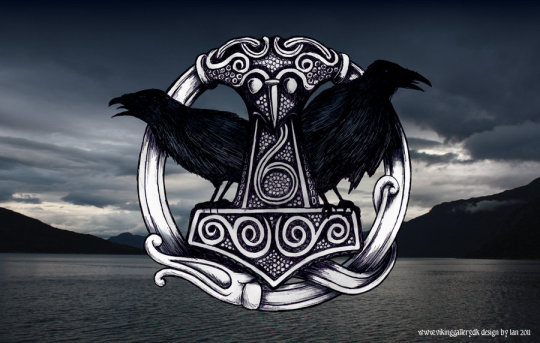
Mjölnir (Or Mjølner):
The mighty hammer of the Thunder God, Thor. The hammer was originally created by dwarves during a bet between them and Loki, where Loki had said that they could get his head if they could make more beautiful things than the sons of Ivaldi.
This resulted in many items, as for example Odin’s spear. Though, when Mjölnir was forged. The dwarves forged many beautiful things, making Loki fear for his life. When they started on Mjölnir, Loki transformed into a bee, stinging the dwarf making the hammer different places, where one mentionable is in the eye.
He tried to distrupt them enough, but they finished the hammer. Though they had to hurry, and that is why Mjölnir has a short shaft, and not a long one.
1K notes
·
View notes
Photo

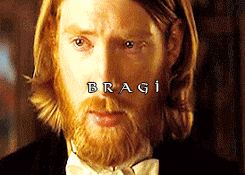







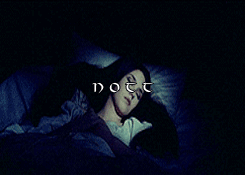
Norse Mythology ※ Part One
“Norse mythology, or Scandinavian mythology, is the body of mythology of the North Germanic people stemming from Norse paganism and continuing after the Christianization of Scandinavia and into the Scandinavian folklore of the modern period…
405 notes
·
View notes
Text
I have an unfortunate update regarding one of the books I’ve been recommending.
While The Germanization of Early Medieval Christianity does not contain any overtly racist material that I can recall, I’ve found out that its author, James C. Russell, is a proponant of extremely racist and anti-Semitic views. To the point that the New York Republican Party denounced him as a racist.
27 notes
·
View notes

